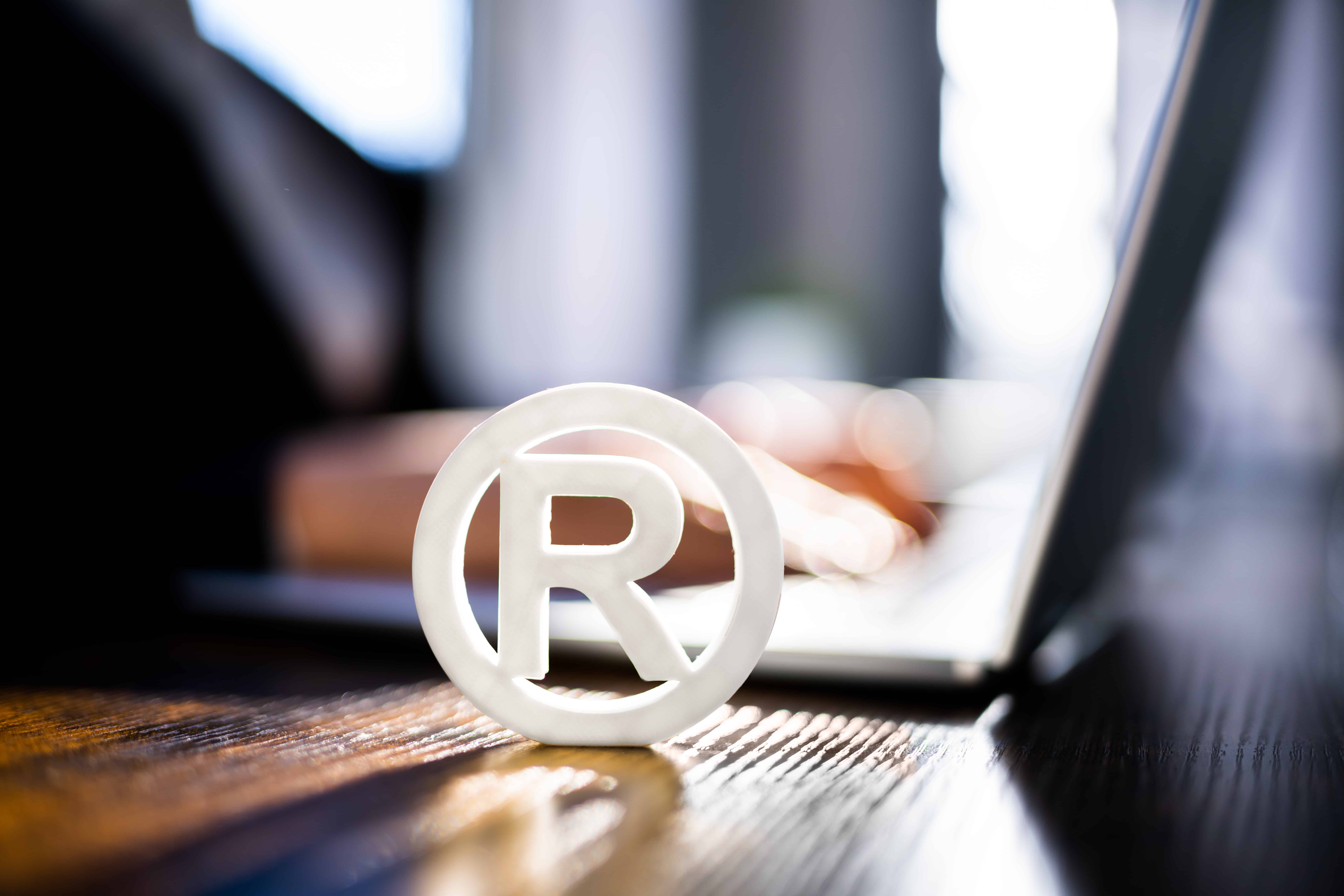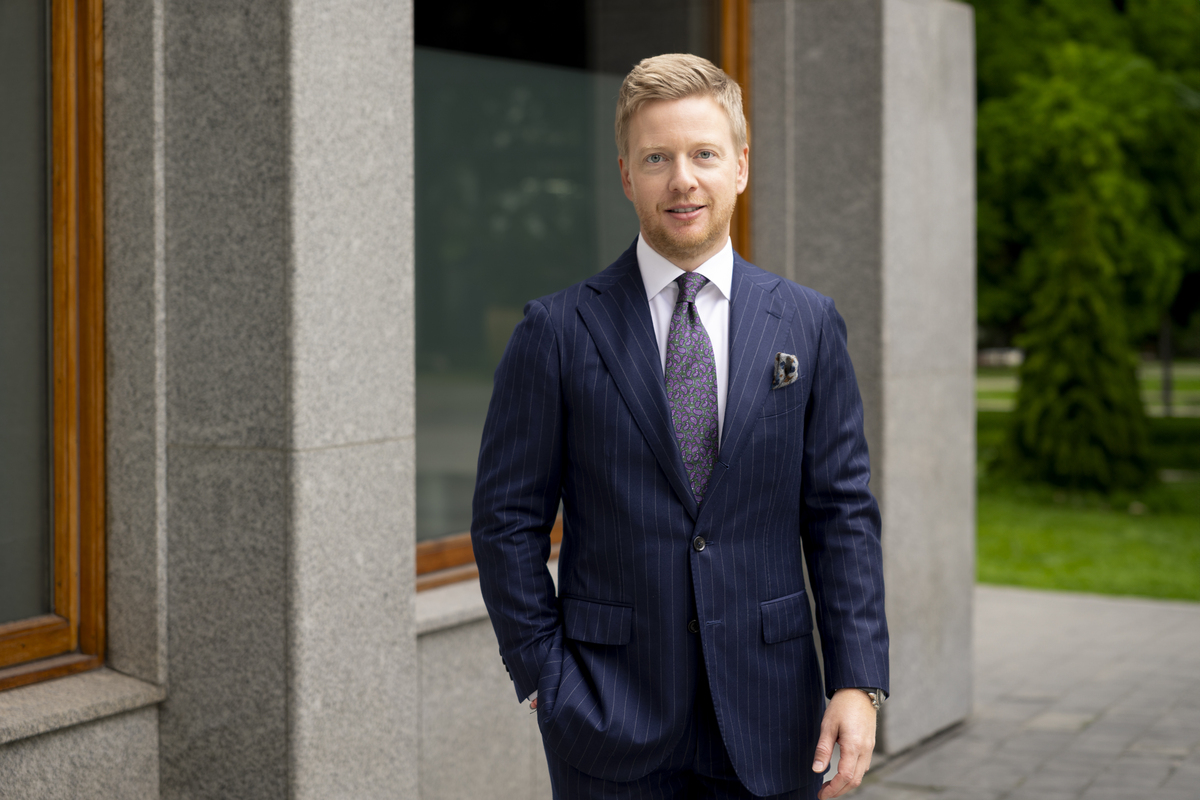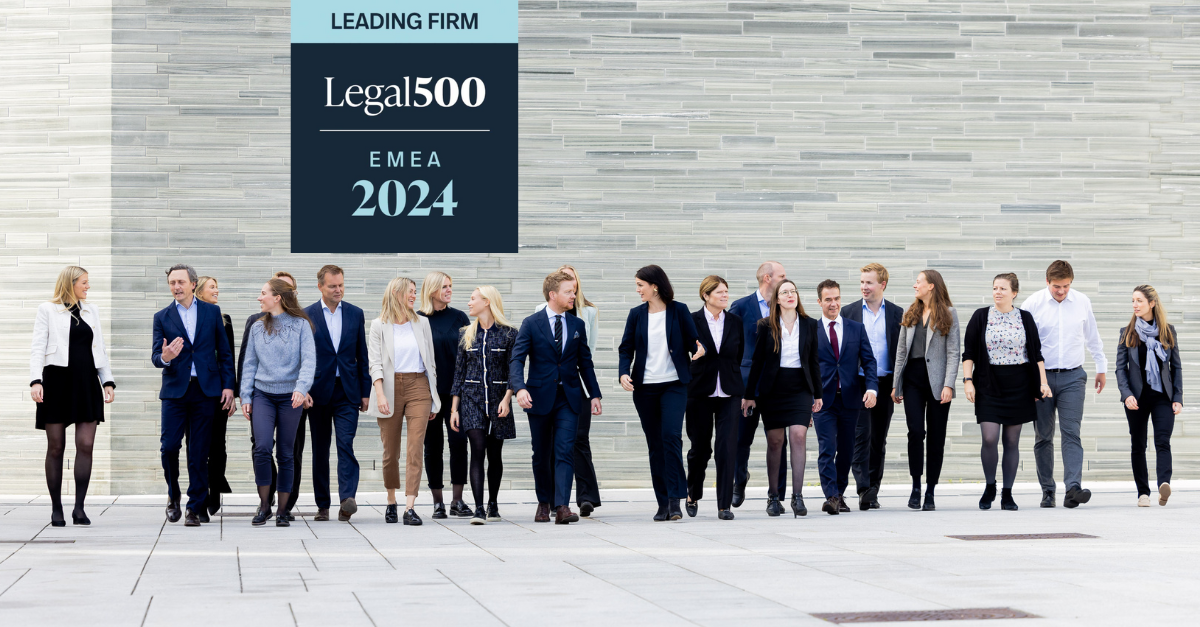
Trademarks in Norway – An overview
A trademark gives your business an identity and legal protection in the market. This guide provides an overview of how trademarks work in Norway, the requirements for registration, and the rights you gain from an approved application. We explain distinctiveness, the risk of confusion, and how to proceed to secure exclusive rights to your name or logo.
Trademarks in Norway
A trademark is a sign used to distinguish one business’s goods or services from those of others. This can include words, logos, figures, slogans, or a combination thereof.
The main purpose of a trademark is to provide consumers with a guarantee of the commercial origin of goods or services, as well as to protect a company’s identity in the market. In Norway, trademarks can be established either through registration or by use (acquired distinctiveness).
Although trademark law generally shares similarities across borders and is largely harmonised through EU law, there are certain features unique to the Norwegian system. Firstly, Norway is not covered by the EU trademark system, meaning that trademark applications must be filed directly with the Norwegian Industrial Property Office (Patentstyret) to have effect in Norway. Secondly, Norway operates a so-called multi-class system, which allows a trademark application to cover several goods and services across different classes. Furthermore, in our experience, the Norwegian Industrial Property Office applies a relatively high threshold for the requirement of distinctiveness, compared to, for example, the European Union Intellectual Property Office.
Read more: Brækhus IP Recognised in Leading Global IP Rankings 2025 – Brækhus
The Requirement of Distinctiveness
To be eligible for registration, a trademark must be distinctive. This means that the mark must be capable of distinguishing one business’s goods or services from those of others. Generic or descriptive terms that merely describe the nature, quality, or geographical origin of the goods or services will generally lack distinctiveness and cannot be registered.
Examples of distinctive trademarks include unique words, invented names, or characteristic logos, such as APPLE (for electronic goods) and STARBUCKS (for coffee and café services).
Conflict with Prior Rights
Another key requirement is that the trademark must not be identical or confusingly similar to already established trademarks (whether registered or acquired by use). This is to prevent consumer confusion and to protect existing rights holders. In assessing this, factors such as phonetic similarity, visual appearance, and the goods or services covered by the marks are considered.
Why Is Trademark Registration Important?
- Ownership and exclusive rights: Registration grants you the exclusive right to use the trademark for the goods and services it is registered for throughout Norway (acquired rights through use may only apply locally).
- Prevention of conflicts: You can more easily prevent others from using similar marks and avoid infringing on the rights of others.
- Increased value: A registered trademark can be a valuable intangible asset and enhance your company’s value.
- Basis for legal action: In the event of infringement, you have strong legal protection and can take legal action to enforce your rights.
How to Register a Trademark in Norway
- Preliminary search: If you are unsure whether your trademark meets the registration requirements, check if the mark is available and fulfils the registration criteria by conducting a confidential preliminary search with the Norwegian Industrial Property Office or by seeking other legal expertise.
- Application: Submit an application to the Norwegian Industrial Property Office, including a description of the mark and the goods/services it will cover. As one of few Norwegian law firms, Brækhus offers an active portfolio service for trademark and design registrations, and is happy to assist you with your application.
- Examination: The Norwegian Industrial Property Office will assess your application. Upon approval, you obtain exclusive rights to the mark.
Frequently Asked Questions about Trademarks in Norway
A registration is valid for 10 years and can be renewed an unlimited number of times.
Yes, through the Madrid Protocol you can seek protection in multiple countries. If the trademark is filed within six months from the filing date in Norway (or another Convention country), the same priority date as the Norwegian application can be claimed abroad.
The cost varies, but the Norwegian Industrial Property Office provides updated fees on its website. In addition, Brækhus offers a fixed low fee for filing a trademark application. We also offer fixed fees for other common services, such as renewals and amendments to trademark/service specifications.
® (the R in a circle) may only be used for registered trademarks, while ™ can be used for unregistered marks.
A trademark is a vital tool for protecting your company’s identity and securing a competitive advantage. Registration grants you exclusive rights and strong legal protection. Please contact us if you require assistance with registration or have questions about trademarks in Norway.
Can I use ™ or ® when marketing my goods or services?
Read more: Brækhus’ expertise in intellectual property rights and marketing law
Do you have questions about trademarks or need assistance? Contact us today.



